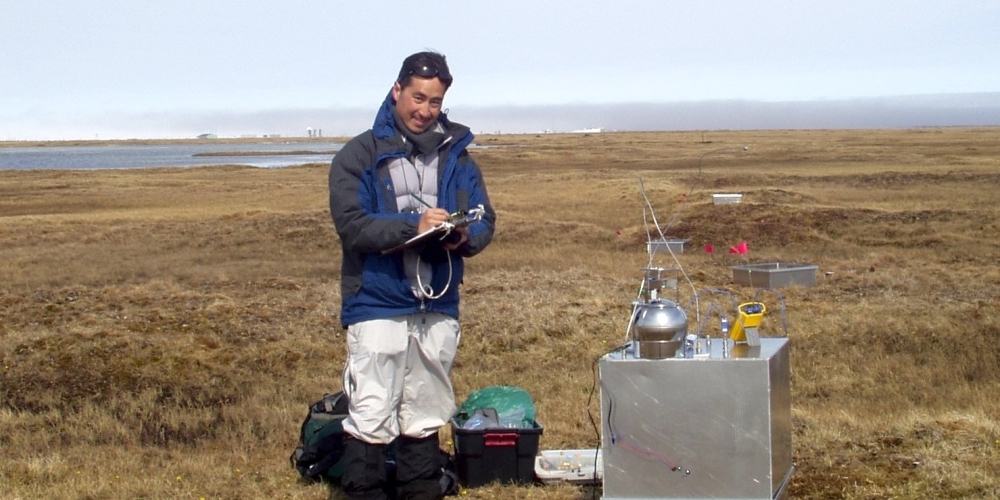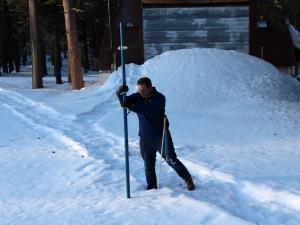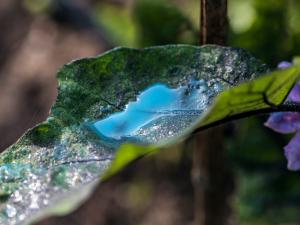

Research Bio
The Atmospheric (Trace gas) Biogeochemistry Laboratory quantifies sources and sinks of environmentally important trace gases, determines the biological and environmental controls on those fluxes, identifies the biochemical and abiotic mechanisms involved, and assesses impacts of land use and climate change on emissions. Trace gases are central to global environmental issues (climate change, stratospheric ozone depletion and the atmospheric oxidation capacity) as well as regional air pollution (urban smog and acid rain). They also serve as indicators and regulators of ecosystem function and health (net primary production, ecosystem stress, plant communication).
Their trace gas biogeochemistry research addresses questions at all of these scales, from mechanistic studies at the molecular scale, to fluxes measured at the plant to ecosystem scale, to an understanding of atmospheric sources and sinks at the global scale. Their recent work focuses on the biogeochemistry of halocarbons, hydrocarbons, and reduced sulfur compounds. These are radiatively active compounds, either directly as greenhouse and/or ozone-depleting compounds, or indirectly through the production of ozone and/or aerosols. This work is essential to understanding how these chemicals move and interact in the global environment, and this knowledge is a prerequisite to making sound policy decisions to protect ecosystem and human health.
Research Expertise and Interest
trace gases, biogeochemistry, stratospheric ozone depletion, biosphere-atmosphere interactions, atmospheric chemistry and composition, biogenic VOCs, terrestrial ecosystems, halocarbons, methyl halides, greenhouse gases


